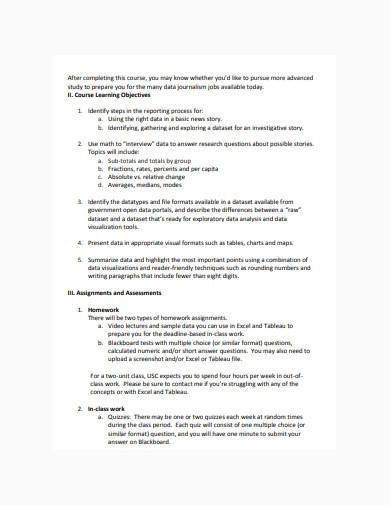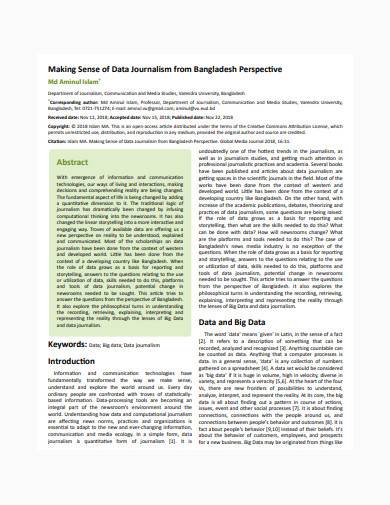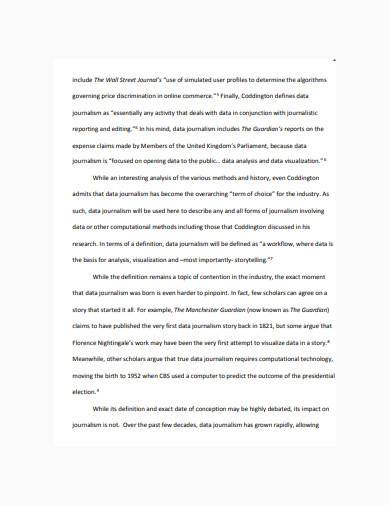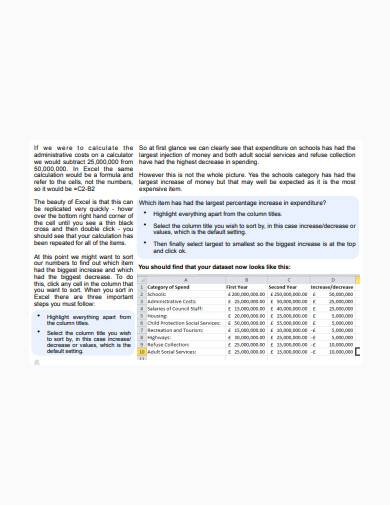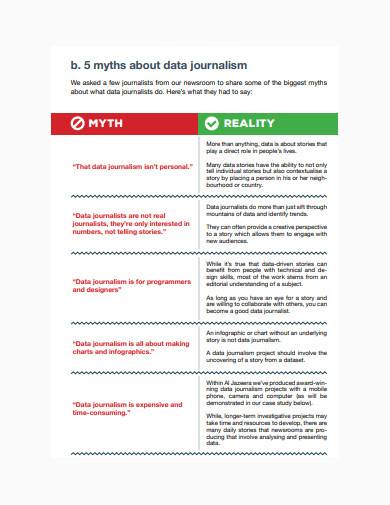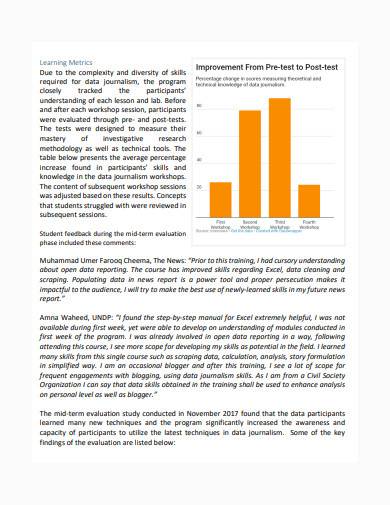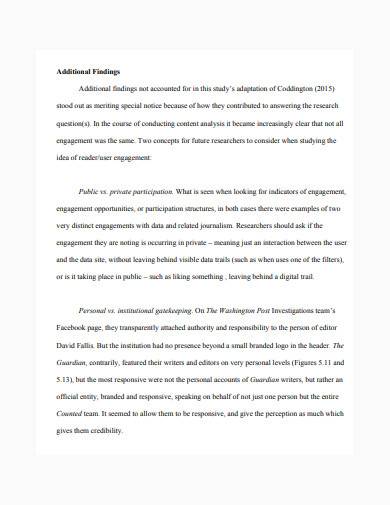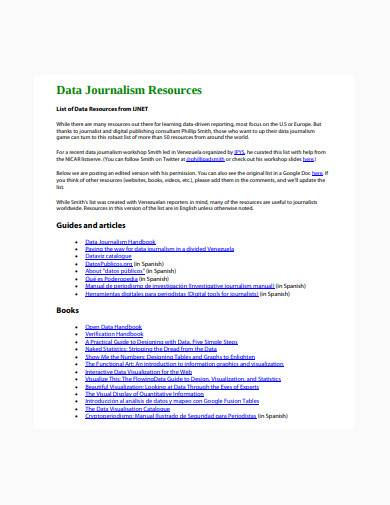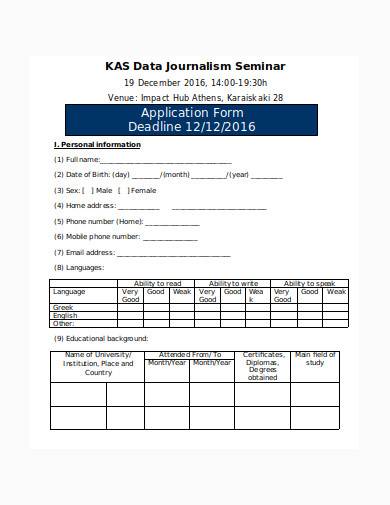Information is a vital part of people’s everyday lives. No man can live without knowing anything. How are you going to get through life with no idea of what’s going on with the world? It will help if you arm yourself with facts to keep you from being ignorant. But as times change, the depth and intensity of information shared through various platforms increased drastically. No one is satisfied with a mere newspaper headline; they want all the details. Even the smallest fact should see the light of day because, you never know, it could actually be relevant. This kind of data sharing is what people call data journalism.
Dissecting Data Journalism
In the modern age of journalism, people have found more ways to share information. More than just the news reports people know and love, journalists have devised a way to make sure every information gets to their audience. This is also because people want more info nowadays. This kind of journalism has the name data journalism. This is believed to be the fusion of storytelling and data analysis. People say that this is just traditional journalism in its evolved form. This type of journalism involves more facts and statistics to help boost the visualization of information. Data journalism proves that data entry, data science, and storytelling can come together to create something logical and interesting.
Advantages of Data Journalism
Data has become quite the game-changer in the field of journalism. As discussed previously, data journalism is just traditional journalism made more appropriate for the new age. With the changes it brings, it also holds a wider array of advantages for journalism. Data entry provides opportunities that are hard to attain with traditional journalism. For you to understand the value of data journalism, it would be in your best interest to get to know its advantages.
Easily Verify Claims
A lot of journalists have had their fair share of judgment from their audience. People will say that what they are reporting isn’t true, and they don’t have any tangible evidence. Well, data provides just that. A journalist can easily verify his claims by providing cold hard facts straight to their face. With statistics and analytics available on various data sheets, it’s not hard to be truthful these days.
Tackle Bigger Stories
As a journalist, it would be a dream to get your hands on a story that could shake the world to its core. With data, you can do just that. Although it would take a few complex data gathering processes, that doesn’t mean it’s impossible. With online sources and maybe even a crash course on programming, you can get more data than ever before. The grander the substance, the bigger the report.
Find New Stories
Have you ever stood in the middle of the street and wondered which path you should take? If you only look at the choices in front of you, there is a possibility of you getting lost. But if you use your GPS, you can easily find the right way to go. That’s kind of similar to data journalism. You are given more information, thus giving you more leads and more stories to uncover.
Illuminate Murky Issues
Every now and again, you will encounter stories that are hard to believe. Without any valid points, your audience may question if the whole newspaper report is accurate. But when you have data and reliable evidence to debunk any false claims, you wouldn’t have to worry about people questioning you. Data can also support any existing theory or urban legend.
Transparency and Depth
One of the core principles of journalism is truth and accuracy. This means that you need to be transparent with your audience. By providing a report that has accurate details, you can prevent people from wondering if you are withholding some information from them. This also allows you to go deep with your stories. This helps you build trust and interest with your readers.
Make Reporting More Efficient
Data journalism isn’t as complicated and scary as people assume. It’s basically traditional journalism with a lot more details. The process and workflow may differ a bit, but nothing is really contrasting. To give you more insight into what data journalism is, here are some data journalism samples you can check out.
10+ Data Journalism Samples in PDF | DOC
Data journalism isn’t as complicated and scary as people assume. It’s basically traditional journalism with a lot more details. The process and workflow may differ a bit, but nothing is really contrasting. To give you more insight into what data journalism is, here are some data journalism samples you can check out.
1. Data Journalism Sample
2. Data Journalism Template
3. Ethics of Data Journalism Sample
4. Data Journalism Example
5. Data Journalism in PDF
6. Formal Data Journalism Sample
7. Basic Data Journalism Sample
8. Sample Data Journalism Template
9. Data Journalism Course Sample
10. Data Journalism Resource Template
11. Data Journalism in DOC
Getting Started on Data Journalism
As the name suggests, data journalism is data-driven. You can’t just input data without a laid out action plan. Before you can actually start doing data journalism, you need to know how to get started. Here are some tricks to give you a head start on data journalism.
1. Consider Your Audience
A report is only as good as the way the audience perceives it. Before you do any technical writing, you first need to consider your audience. You need to understand what interests them and what style helps them take in the data quicker. Always put the audience first.
2. Find Your Topic
Once you know what things are interesting for your readers, you need to find topics to write about. Maybe a management plan would do you some good. Consider all possible things to talk about and start writing when you think you’ve found the topic you want to discuss.
3. Set Some Questions
Other than just storytelling, one purpose of data journalism is to answer questions about a specific issue. To understand what things you need to look into, you can create a project checklist of questions you think people might ask. You can even browse through social media to see what inquiries the masses have.
4. Find Your Sources
Consider your output as a research report. How do you think people will react to it if the information you have is from unreliable sources? It would help if you made sure that the information you used is taken from places you know you can trust. This could make or break your career in data journalism.
Everyone seeks for the truth. No one in their right mind would rather bask in the glory of a lie. That’s why information is essential, and maybe, data journalism is the only way for people to open their eyes.
Related Posts
Event Program
OMR Sheet
Building Inspection Report
Employment Certificate
Teacher Lesson Plan
Deed of Assignment
Contract Termination Letter
Student Research Proposal
Diet Plan
Housekeeping Resume
Marriage Proposal Letter
Nursing Resume
Fund Transfer Letter
Purchase Order Cancellation Letter
Certificate of Service

